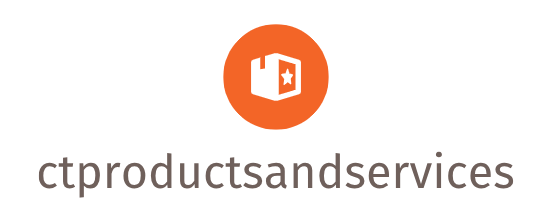
The Allure of Remote Interior Design
The world of interior design has undergone a significant transformation, fueled by technological advancements and a growing preference for flexible work arrangements. Remote interior design jobs have emerged as a highly attractive option for both seasoned professionals and aspiring designers. This shift offers a unique blend of creative freedom, location independence, and the ability to curate dream spaces from anywhere in the world. The convenience and flexibility are undeniable, allowing designers to manage their schedules and work-life balance more effectively.
Diverse Roles in Remote Interior Design
The landscape of remote interior design roles is surprisingly diverse. Some designers work independently, building their own client base and managing all aspects of their business, from client acquisition to project management and final installations. Others work for established firms that embrace remote work models, collaborating on projects with colleagues across geographical boundaries. This can involve specializing in particular areas like residential design, commercial spaces, or even niche markets like sustainable or minimalist design. The options are vast, catering to a broad spectrum of skills and interests.
Essential Skills for Success in Remote Design
While a strong design sense is fundamental, success in remote interior design demands a broader skill set. Proficiency in design software, such as AutoCAD, SketchUp, and Photoshop, is crucial for creating detailed plans and presentations. Excellent communication skills are paramount, as much of the work involves virtual interactions with clients and collaborators. Strong project management skills are also essential, ensuring projects stay on track and within budget despite the distance. Finally, an ability to adapt and troubleshoot technical challenges independently is vital in a remote work environment.
Navigating the Challenges of Remote Collaboration
Working remotely presents unique challenges. Maintaining clear communication with clients and colleagues can be more demanding without face-to-face interactions. Misunderstandings can easily arise, so meticulous documentation and consistent check-ins are vital. Time zone differences can complicate scheduling, requiring flexibility and careful planning. Building rapport with clients virtually requires extra effort, potentially involving more frequent virtual meetings or detailed online presentations to foster trust and understanding.
Leveraging Technology for Seamless Remote Work
Technology plays a pivotal role in enabling successful remote interior design. High-quality video conferencing tools facilitate seamless communication and collaboration. Cloud-based project management platforms help streamline workflows and keep everyone organized. Virtual reality (VR) and augmented reality (AR) technologies are increasingly used to allow clients to experience design concepts in a more immersive way, bridging the geographical gap. These digital tools empower remote designers to deliver exceptional work, often surpassing the limitations of traditional in-office practices.
Finding and Securing Remote Interior Design Jobs
Finding remote interior design opportunities involves a multi-pronged approach. Online job boards specializing in remote work are excellent resources. Networking within the design community, both online and through professional organizations, can lead to unexpected opportunities. Building a strong online portfolio showcasing previous work is essential to attract clients and potential employers. Actively promoting your services through social media platforms and your own website is crucial for generating leads and establishing a professional online presence. Persistence and proactive self-promotion are key to success in this competitive field.
The Future of Remote Interior Design
The future of remote interior design is bright. As the demand for flexible work arrangements continues to grow, so too will the opportunities for designers to create stunning spaces from anywhere in the world. The integration of advanced technologies will further enhance collaboration and client engagement. The increasing accessibility of online design tools will empower more aspiring designers to enter the field, fostering innovation and driving the evolution of interior design practices.
Work-Life Balance and Personal Fulfillment
One of the most appealing aspects of remote interior design is the potential for a better work-life balance. Designers can often set their own hours, integrate personal commitments more easily, and work from locations that inspire them. This flexibility can lead to increased job satisfaction and a more fulfilling career path. The ability to work from anywhere opens doors to travel and explore new environments, while still pursuing a rewarding career in a creative field.





.jpg)



